Curving the Line
When talking about Circular Economy, the easiest way to get its concept, is by thinking about a simple line, a circle and their different characteristics. Today we mainly use our products in a way, that is comparable to a straight line: there is a starting point and an end, thus a limited period of time. Objects eventually reach a point where they fall off the line, they become unusable, trash and get discarded.
Circular Economy means turning this straight line into a circle, by feeding waste back into the system. A system, going around in a circle, including all kind of materials like plastic, metal, wood, fabric, even food or human waste. It aims at increasing a product’s life span, at giving new purpose to each piece of trash. Summed up it is all about using the resources we have more intelligently.
Due to its wholistic approach, the concept is called Circular Economy, rather than Circular Products or Materials. To make the idea work, not just a single item, but the entire system needs to be changed. Hereafter, we take a look at approaches suggested by Ellen MacArthur, an inspiring woman and founder of the Ellen MacArthur Foundation, who for years has been working towards an “economy that is restorative and regenerative by design”.
use vs. consumption
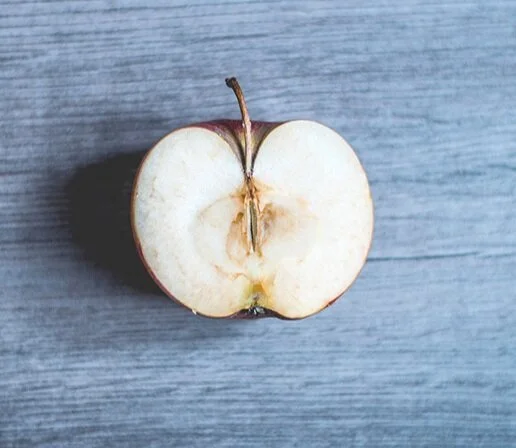
Use vs. Consumption I Photo - Nicolas Ukrman
Language is extremely powerful. The way we talk influences the way we think, so let’s first of all take a closer look at the following two terms: use and consumption. What is it actually, that we can consume. What are we simply using? Maybe a thought, that is crucial in grasping the idea of Circular Economy.
When we eat, we are consuming, thus the food will be gone once we finish our meal. It is a very straight and linear line: production, consumption, end (disregarding food waste, that can be put back into the circle). However, when it comes to clothes or smartphones and items in general, they cannot be consumed. These things are simply being used and are ready to go right back into the loop.
recycling
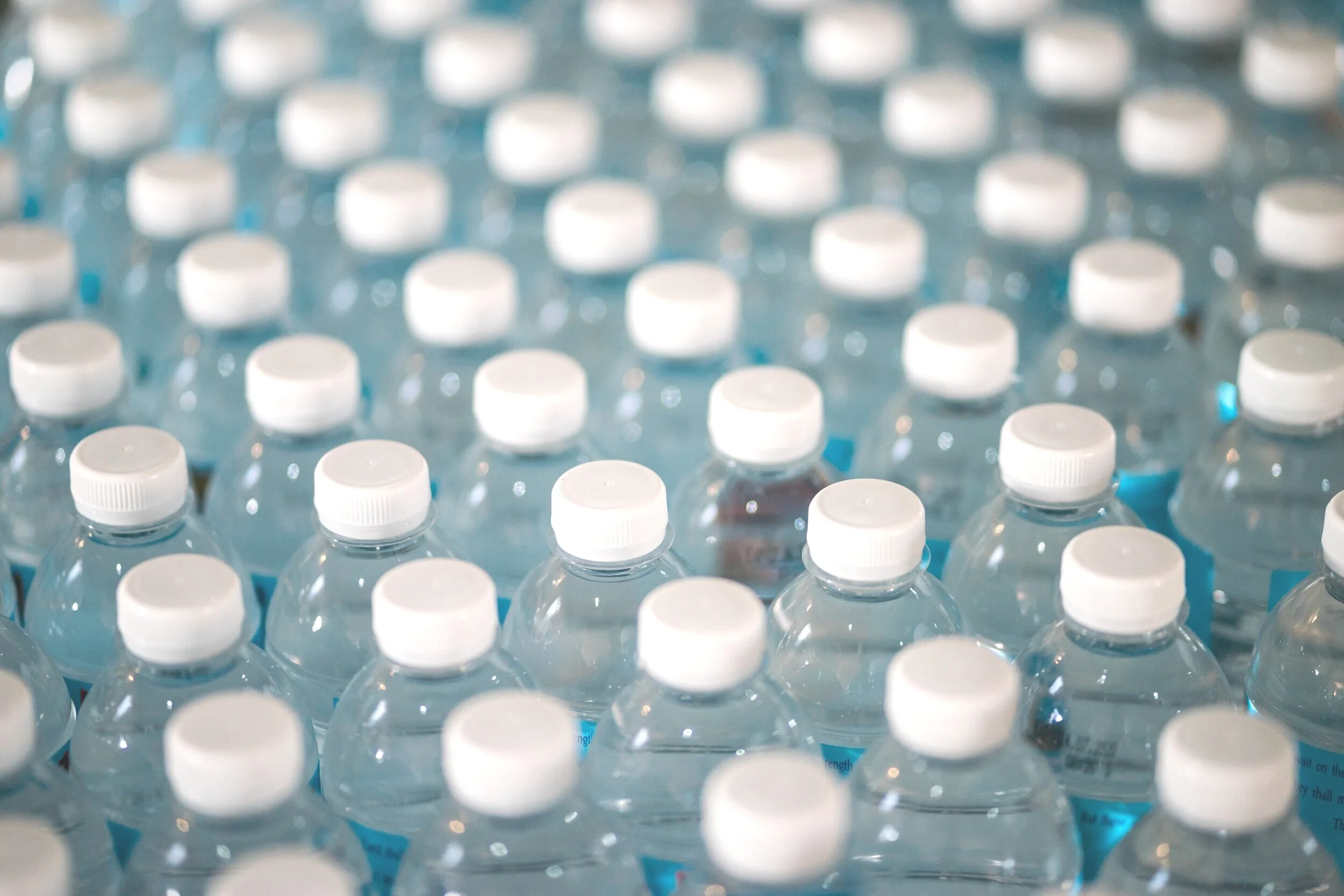
Recycling PaperI Photo - Jonathan Chng
Giving value to discarded materials, creating benefits, in order to stimulate industries to use waste: this is what recycling is all about. Regarding this matter there is one material that cannot be missing: plastic. Even though in the last decades a lot of effort has been put into innovating and improving processes, the recycling system fails. Plastic has become a huge problem. In one way or another plastic trash is finding its way into nature and for decades it has been polluting the environment. As little as 2% of 78 million tons are actually getting recycled and turned back into plastic of the same quality. A little sustainable model.
Rethinking the use of material in terms of circular economy, first of all there needs to be a system in which plastic fits in. This means that packaging for instance, cannot be created for only one purpose like keeping fruit, vegetables or generally food fresh and nice. Above all, plastic needs to be used more intelligently, avoided wherever possible. Secondly, from the very beginning it needs to be designed by looking ahead in order to guarantee its recyclability. There’s still a long way to go. Changing approach in designing products is the first step, but also collection structures need to be improved.
remanufacturing

Remanufacturing I Photo - Alexander Andrews
Using materials for as long as possible – a strategy used by a wide range of businesses. An example you probably have never thought of, can be the service provided by phone carriers: once a year, users replace their “old” phone with a new one. Apparently a little sustainable model. The idea behind it, is to recover as many parts as possible of the returned phone and to recycle them into a new one. Only a few new raw materials need to be added, since the components of value are kept in the system. Commonly remanufactured engines are made of up to 80% of materials deriving from broken ones: old machines are stripped down, they get ultrasonically cleaned in order to reuse its equipment. It goes without saying that not only materials have been saved, but also energy, money and time.
repairing & maintenance
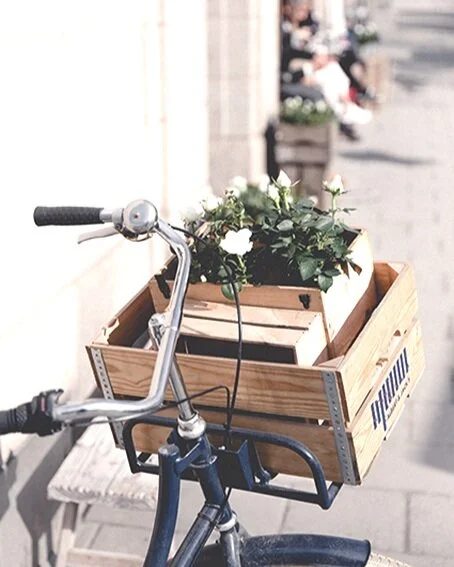
Giving New Purpose I Photo - Marten Bjork
A major role in the Circular Economy is given to the repairing and maintaining sector. Once again it’s all about keeping in use things for as long as possible: at best, preventing from breaking through maintenance. Otherwise trying to fix items when they get dysfunctional. This could be clothes as well as phones, bikes, cars or furniture. Fix them by yourself or get support from experts. If there is no way to make it work, why not giving another purpose to an object, by inventing a new one. A wooden table could be turned into a bench, sideboard or mirror frame. Good news is that this industry is a steadily growing one.
rethinking

Rethinking Mobility I Photo - Stephane Mingot
Mobility of the future: in the Circular Economy model, the automotive industry and the way we use cars today, would be totally rethought. Vehicles would be redesigned. A car statistically is parked 90 % of the time: in front of your home, supermarket or office. Once in use, most of the time no more than one or two people are in it. A circular economy would focus on car or motorcycle sharing systems, a vehicle wouldn’t be owned, but people would have access to them. A concept that already works on a worldwide level - it would be worth elaborating and expanding it. With that in mind, manufacturers from the very beginning would build a vehicle differently, wanting the car and motorcycles to last as long as possible. Once they break, they would do anything to fix it, refurbishing as many parts of their own products as possible.
Another sector with huge potential for adapting smart ideas is the delivery sector. E-commerce is a worldwide established and growing market, but when online products are delivered, the shipping truck leaves with a full load only to return to the warehouse empty handed. An interesting solution could be the collection of used boxes from previous deliveries. This way, the used packaging can now have a second life cycle through future buyers.
sharing
Going back to the idea of sharing, especially in a city, a concentrated area with the neighbour living right next door, the concept is very well workable. Items like flint borer or ladder, a necessity, but still not often used, could be simply belong to a community. People tend to spend little money on rarely used things. The result is poor quality, an easily breakable product, that as a consequence has a short life cycle. Not every household needs to be fully equipped.

Sharing Clothes I Photo - Charisse Kenion
The sharing mentality in countries like China, is already one step ahead, gaining considerable traction in the fashion industry. Platforms that allow users to rent their clothes, have up to 7 million members and are considered the country’s largest wardrobes. A definitely more sophisticated manner than borrowing a flint borer, however an increasingly successful business model.
The concept is applicable to a vast variety of levels in the most different forms and shapes. Probably in one way or another you are already part of a sharing community without knowing it – just think of Spotify or Netflix. Let’s keep going in these directions.
biological cycle
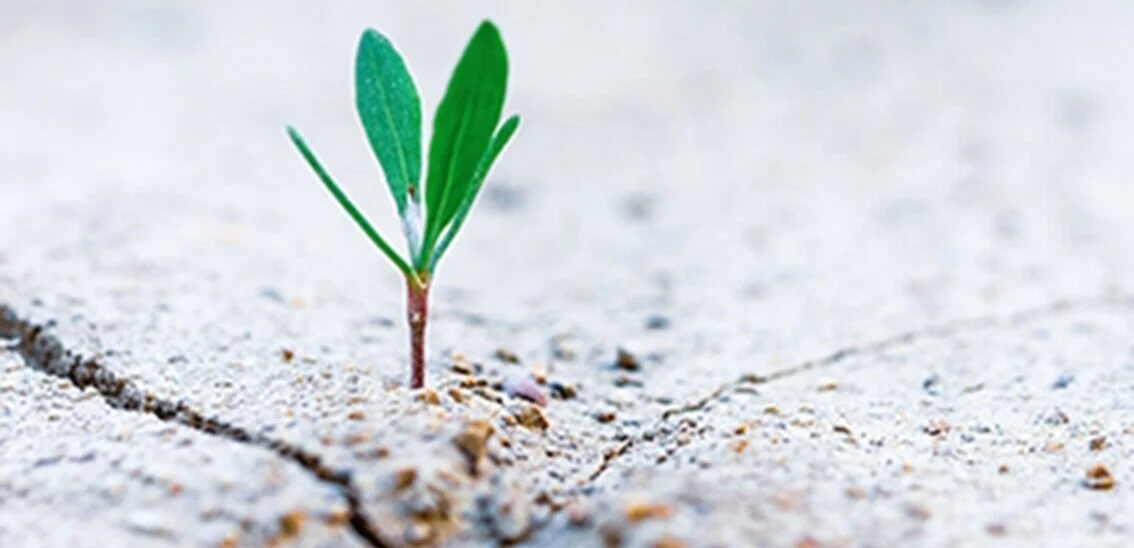
Biological Cylce I Photo - Stanislav Kondratiev
Feeding waste back into the system: the biological cycle is about returning biodegradable waste back to nature. This could be regenerating land with food leftovers to nourish microorganisms in the soil and to restore farmland. Animals could be fed with leftover food, their faeces can be used as fertilisers. Biodegradable packaging would disappear in nature and even benefit the environment. In any manner, everything can be metabolised as long as materials are non-toxic, but harmonised with nature.
waste - a business model
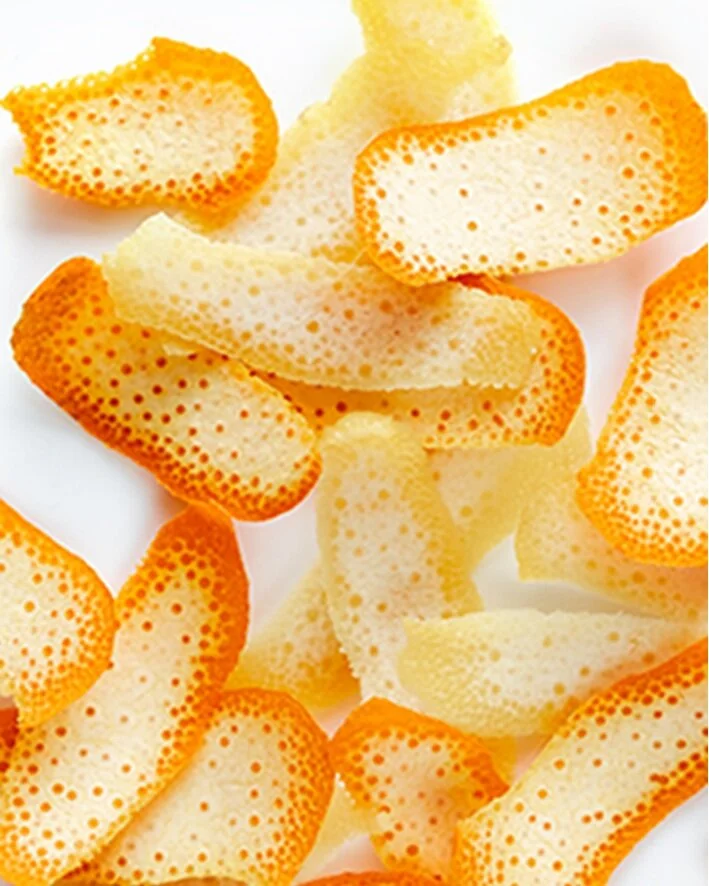
Organic waste as a business model I Photo - Okeykat
It is mind blowing when you start realising how much waste could be used in a smarter way. Take agricultural waste as an example: corn can be turned into biodegradable packaging, IKEA shows us how rice straw leftovers can be turned into furniture. Or imagine a beer brewed out of bread leftovers! This is the business model of Toast Ale, a company that fights food waste. Their motto is “saving the world can start with a beer”. Moreover, the German company Kaffeeform create value out of coffee ground, by turning it into coffee cups. Apple peals are used to create vegan leather by the start-up Frumat. They use the apple juice production’s by-product to create value from it. These are just a few examples of a new growing market. If you start thinking in a cyclic way, there’s opportunities literally everywhere.
make change happen
Considering the scarcity of resources and the steadily increasing population growth, it is about time to make change happen. An economy can only run with a long term plan and this can only happen, by using the planet’s finite resources in a smart and cyclical way. A reductive approach, producing less, using less energy, traveling less does not seem enough - apart from that, restrictions in general are not very appealing. In order to make people minimise their impact, we need to provide simple solutions that work. There are a lot of economic opportunities in a Circular Economy, however so far the vast majority of businesses are rooted in a linear one. To speed up the shift to a Circular Economy, the system needs to be easy and recovering, reusing and redesigning should be mandatory. Creating waste is not a valid option. Raising awareness of solutions and changing the perception of waste, is at least a start. Good news is, the interest in the topic is slowly but steadily growing.
So ask yourself, how can you start thinking circular?
Cover Picture Blog Post | Photo Credit - Jilbert Ebrahim



